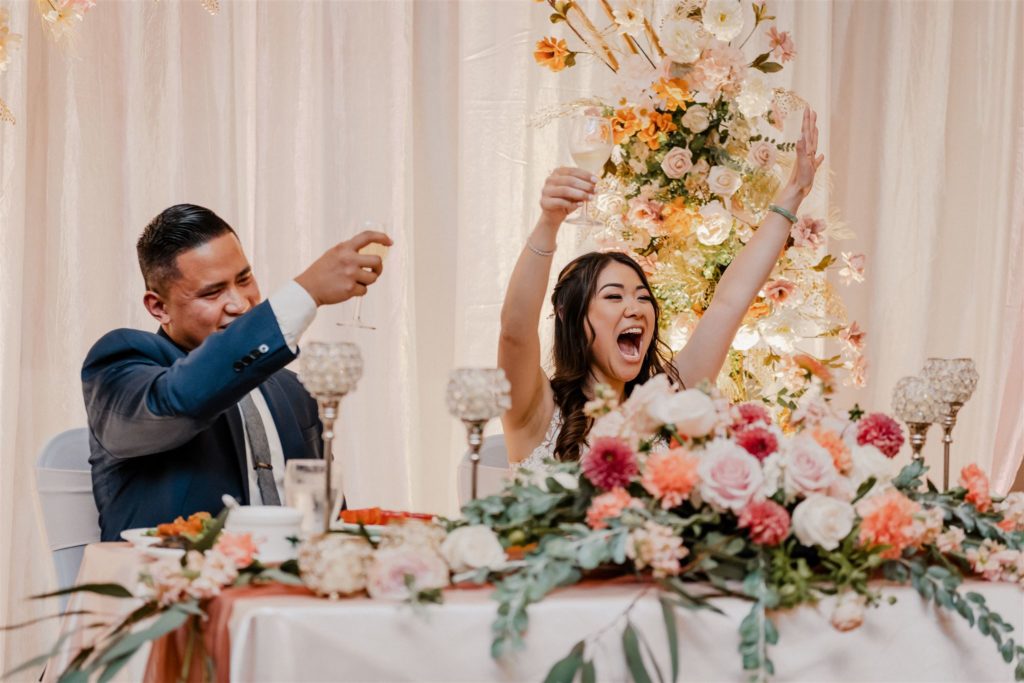Wedding Seating Chart Dynamics
The heart of any wedding lies in the intricate details that seamlessly blend to create a memorable experience. Among these, the wedding seating chart stands as a crucial element. It’s not just about placing guests at tables; it’s about crafting an environment that fosters comfort, conversation, and celebration.
The Art of Creating the Perfect Wedding Seating Chart
Creating the perfect wedding seating chart is both an art and a science. It involves understanding the dynamics of your guests, their relationships, and their comfort levels. A well-thought-out seating arrangement ensures that each guest feels valued and included, setting the stage for an enjoyable celebration.
Key Considerations for Your Wedding Seating Chart
1. Know Your Guests
Start by listing all your guests and noting their relationships and backgrounds. This knowledge is crucial in deciding who sits where.
2. Balance is Key
Aim for a balanced mix at each table. Mix family with friends, and the young with the young-at-heart, to spark interesting conversations.
3. Special Needs and Preferences
Accommodate guests with special needs or dietary preferences close to amenities or serving stations.
4. The Head Table
The head table should be centrally located, giving the newlyweds a view of all their guests.
5. Children’s Table
If many children are attending, consider a separate table for them, equipped with activities to keep them engaged.
6. Avoiding Awkward Situations
Be mindful of potential conflicts or uncomfortable situations, and plan seating accordingly to avoid them.
7. Flexibility
Remember, last-minute changes are common. Have a flexible approach to accommodate any unforeseen adjustments.
Enhancing Guest Experience with Thoughtful Seating
A critical aspect of wedding planning is ensuring each guest’s experience is positive and memorable. The seating chart plays a pivotal role in this. Placing guests in a thoughtfully arranged manner can lead to new friendships and reignite old ones. It’s not just about filling seats; it’s about creating an environment where each guest feels like a part of the celebration, not just a spectator.
Bridging Social Circles with Your Seating Chart
One of the unique opportunities a wedding presents is the merging of different social circles. By strategically placing work colleagues, friends, and distant relatives together, you foster an atmosphere of unity and camaraderie. The goal is to create a setting where stories are shared, laughs are had, and bonds are formed, all thanks to the subtle art of seating arrangement.
The Role of Cultural Sensitivity in Seating Arrangements
Cultural sensitivity is another crucial factor to consider. In a diverse guest list, being aware of and respecting cultural norms and practices can greatly influence seating decisions. This not only shows respect for different traditions but also ensures that all guests feel comfortable and acknowledged.
Integrating Technology in Planning Your Wedding Seating Chart
In today’s digital age, there are numerous tools and software that can simplify creating a wedding seating chart. These technologies allow for easy adjustments, visualizations of the layout, and even the incorporation of guest preferences and RSVPs. Leveraging such tools can significantly reduce the stress associated with manual planning and provide a more cohesive and well-organized arrangement.
The Impact of Venue Layout on Your Seating Chart
The venue’s layout plays a crucial role in how your seating chart comes together. Factors like the location of the dance floor, restrooms, and exits need to be considered. Ideally, guests should have easy access to amenities without disrupting the event’s flow. The arrangement should complement the venue’s architecture, enhancing the overall aesthetic and functionality.
Key Takeaways for an Optimal Wedding Seating Chart
- Understanding Guest Dynamics: Know your guests well to place them thoughtfully.
- Balanced Seating: Mix different groups for a lively atmosphere.
- Special Considerations: Prioritize guests with special needs.
- Strategic Head Table Placement: Ensure the newlyweds are the focal point.
- Child-Friendly Arrangements: Keep young guests entertained and comfortable.
- Conflict Avoidance: Prevent awkward situations through strategic seating.
- Stay Flexible: Be prepared for last-minute changes.
The Magic in the Details
A well-planned wedding seating chart can transform your special day into an unforgettable event. It’s more than just a logistical necessity; it’s a way to show your guests how much they mean to you.
The Heart of Your Wedding Reception
The wedding seating chart is more than a logistical element; it’s the heart of your reception’s success. It reflects your thoughtfulness and care for your guests’ experience, setting the tone for a joyous and harmonious event. By considering these additional factors, you ensure that your wedding is not just an event but a cherished memory for all who attend.
How early should I start planning my wedding seating chart?
Begin planning your wedding seating chart as soon as your guest list is finalized, typically 3-4 weeks before the event. This timeframe allows for managing RSVPs and accommodating any last-minute changes. Starting early gives you ample time to consider relationships, personal preferences, and any special requirements of your guests, ensuring a well-thought-out seating arrangement that enhances the overall experience of your special day.
Can I mix family and friends at the same table?
Absolutely! Mixing family and friends can create a dynamic and enjoyable atmosphere at your wedding. It encourages mingling, fostering new connections and lively conversations. When mixing groups, consider common interests or backgrounds to facilitate comfortable interactions. This approach not only breaks the ice but also adds a unique and personal touch to your celebration.
How do I handle seating for divorced parents?
Dealing with divorced parents requires sensitivity and tact. If they’re amicable, seating them at the same table but not side-by-side is a good approach. If there’s tension, consider placing them at different tables, each close to the head table, to honor their role without causing discomfort. Communicate your plans with them beforehand to ensure they feel respected and comfortable with the arrangement.
Should I have a separate kids’ table at my wedding?
Having a separate kids’ table is a great idea, especially for children aged 6 and above. It allows kids to interact freely and enjoy activities tailored for them, while adults can savor their experience without distractions. Ensure the kids’ table is within sight of their parents for safety and comfort, and consider engaging a babysitter or entertainer to keep the young guests happy and occupied.
How do I manage last-minute changes to the seating chart?
Last-minute changes are common in wedding planning. To manage these efficiently, keep your seating plan flexible and have a few extra seats available. Use digital tools for easy adjustments and maintain open communication with your venue coordinator. Be prepared to rearrange seats or even whole tables if necessary, ensuring a smooth experience for your guests and yourself on the big day.





